Solving chess puzzles is one of the most effective ways to improve your game.
It sharpens your tactical vision, deepens your understanding of key patterns, and boosts your confidence in real games.
Whether you are a beginner just starting out or a club player looking to refine your skills, mastering the art of solving chess puzzles can make a big difference.
This article will guide you through the process of solving chess puzzles step-by-step.
We’ll break down the mindset, the method, the types of puzzles, and how to get the most out of your practice.
What is a Chess Puzzle?
A chess puzzle is a position that is often taken from real games, where you are asked to find the best move or sequence of moves.
Sometimes the task is to checkmate the opponent in a certain number of moves.
Other times, it might involve winning material or saving a difficult position.
The key idea is that there is a clear solution based on logic and calculation.
Unlike a regular game where many moves may be playable, a puzzle usually has one or two correct continuations.
This teaches precision and helps you recognize key ideas that repeatedly appear during your games.
Why Are Puzzles Important?
Many players don’t improve their chess skills because they play without a focused method to train their calculation or tactical vision.
Puzzles force you to engage deeply with the position. You learn to think before you move.
Here’s why puzzles are worth your time:
- They improve tactical awareness. Most puzzles are based on tactics. They include: pins, forks, skewers, discovered attacks, etc.
- They develop calculation skills. To solve a puzzle, you must visualize moves in your head, just like in a real game.
- They teach patience and discipline. Rushing through a puzzle leads to mistakes. Learning to slow down and think carefully is a key chess habit.
- They boost confidence. Solving puzzles builds trust in your own abilities. When a similar position shows up in a real game, you recognize it instantly.
Step-by-Step: How to Solve a Chess Puzzle
Let’s walk through the actual process of solving a puzzle, from the moment you see the position to the final move.
This approach is simple, logical, and effective.
1. Look at the Position as a Whole
Don’t rush. Before you even think about moves, take a few seconds to scan the board. What’s happening?
- What is the material count? Are you up or down?
- Is the king safe? Are there any threats?
- Are there any pieces hanging (undefended)?
- Which side is to move?
Understanding the context of the position will help you make sense of what you’re trying to achieve.
2. Identify the Objective
Most puzzles have a clear goal. If the puzzle is titled “White to play and mate in 2,” you know what to aim for.
But even if the goal isn’t stated, ask yourself:
- Can I win material?
- Can I deliver checkmate?
- Do I need to defend or counterattack?
Having a goal sharpens your thinking. Solving a puzzle without a goal is like searching for treasure without a map.
3. Look for Forcing Moves
In puzzles, the right moves are often forcing. These include:
- Checks
- Captures
- Threats
These moves demand a response from your opponent, so they reduce the number of variations you need to calculate.
That makes the calculation easier and more reliable.
Start by listing all forcing moves available in the position. Ask yourself: “What happens if I try this check?”.
Does this capture win material? Does this threat create a bigger problem?
4. Calculate Lines
Once you’ve identified promising ideas, start calculating them in your head.
- Go one move at a time.
- Try to visualize the position after each move.
- Don’t move the pieces (if solving without a board). Use your imagination and picture the resulting positions.
Be methodical. Don’t jump from one idea to another too quickly. Follow one idea through to the end before moving on to another.
5. Look for the Defense
Don’t just calculate your own moves. Imagine how your opponent might respond.
- What’s their best defense?
- Can they block or escape the threat?
- Are you missing any hidden resources they have?
Too many players get into the habit of “wishful thinking,” seeing only what they want to happen.
Real improvement comes when you train yourself to be objective.
6. Double-Check Your Answer
Before you commit to your solution, pause and double-check.
- Is it forcing?
- Is it the best move?
- Did you miss any defenses?
- Is there something better?
This moment of discipline separates good solvers from impulsive ones.
It’s also excellent training for tournament play, where one careless move can ruin a game.
Common Types of Chess Puzzles
Understanding the types of puzzles helps you approach them better. Here are a few major categories:
Mate in One/Two/Three
These puzzles teach you to see checkmating patterns.
This is an example of a Mate in Two puzzle.
White is to play, and the correct continuation is Rf7+, moving the rook and creating a double check from the rook and the queen on c2.
Black’s only moves are: Kg8 or Kh8. Whatever Black plays, Qh7 ends the game.
Winning Material
You are asked to find tactics that win a bishop, rook, queen, etc.
These puzzles develop your ability to spot forks, pins, discovered attacks, and overloaded defenders.
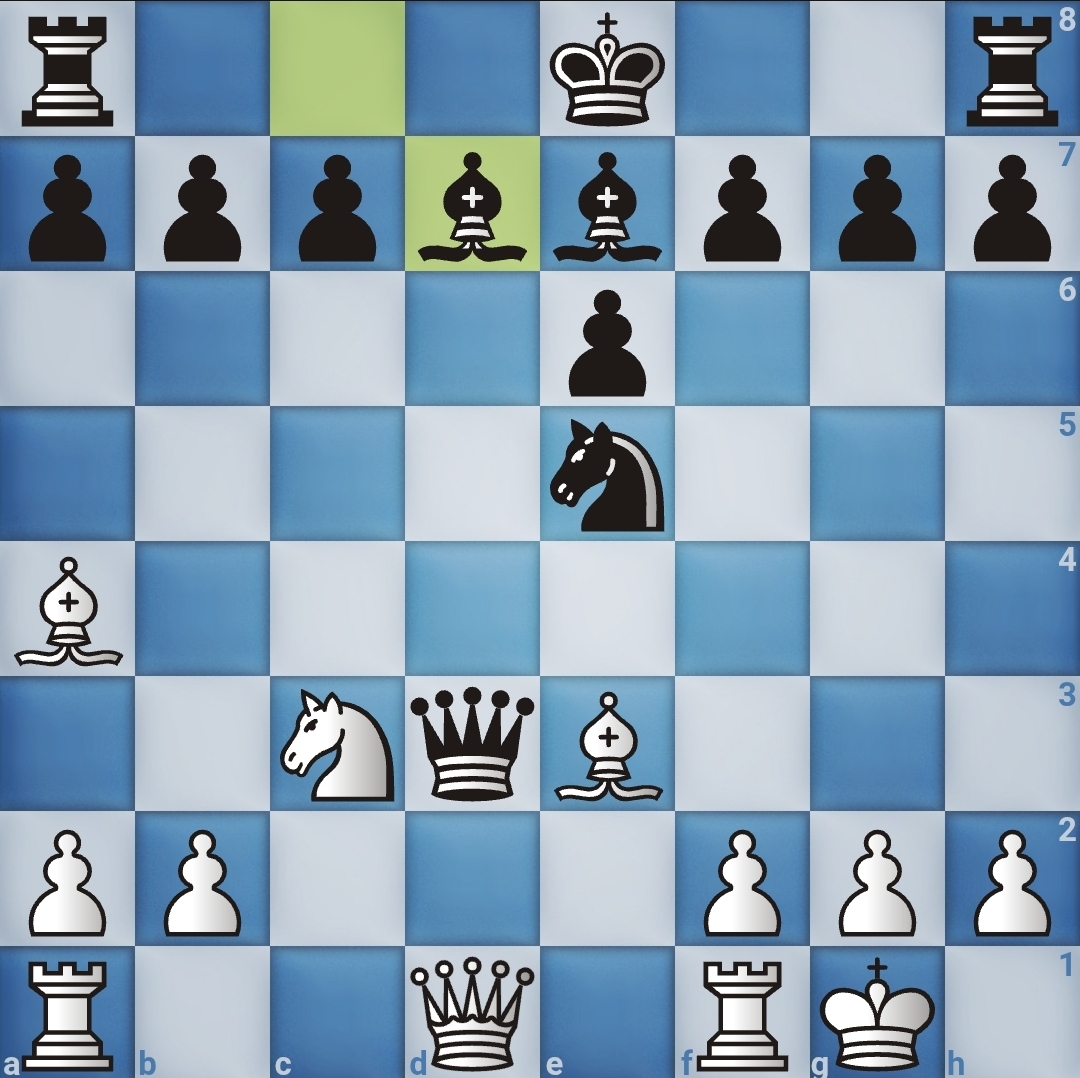
This is a puzzle example of how to win material. White is to play, and the correct sequence is: Qxd3. Black then replies with …Nxd3.
White then plays Bxd7, a forcing move that forces Black to capture with Kxd7.
After this, White simply plays Rd1 and pins the knight on d3 to the black king. There is no way for Black to save the knight.
Defensive Tactics
Sometimes you’re not attacking, you’re under fire.
These puzzles help you find defensive resources, like interpositions, perpetual checks, or drawing tactics.
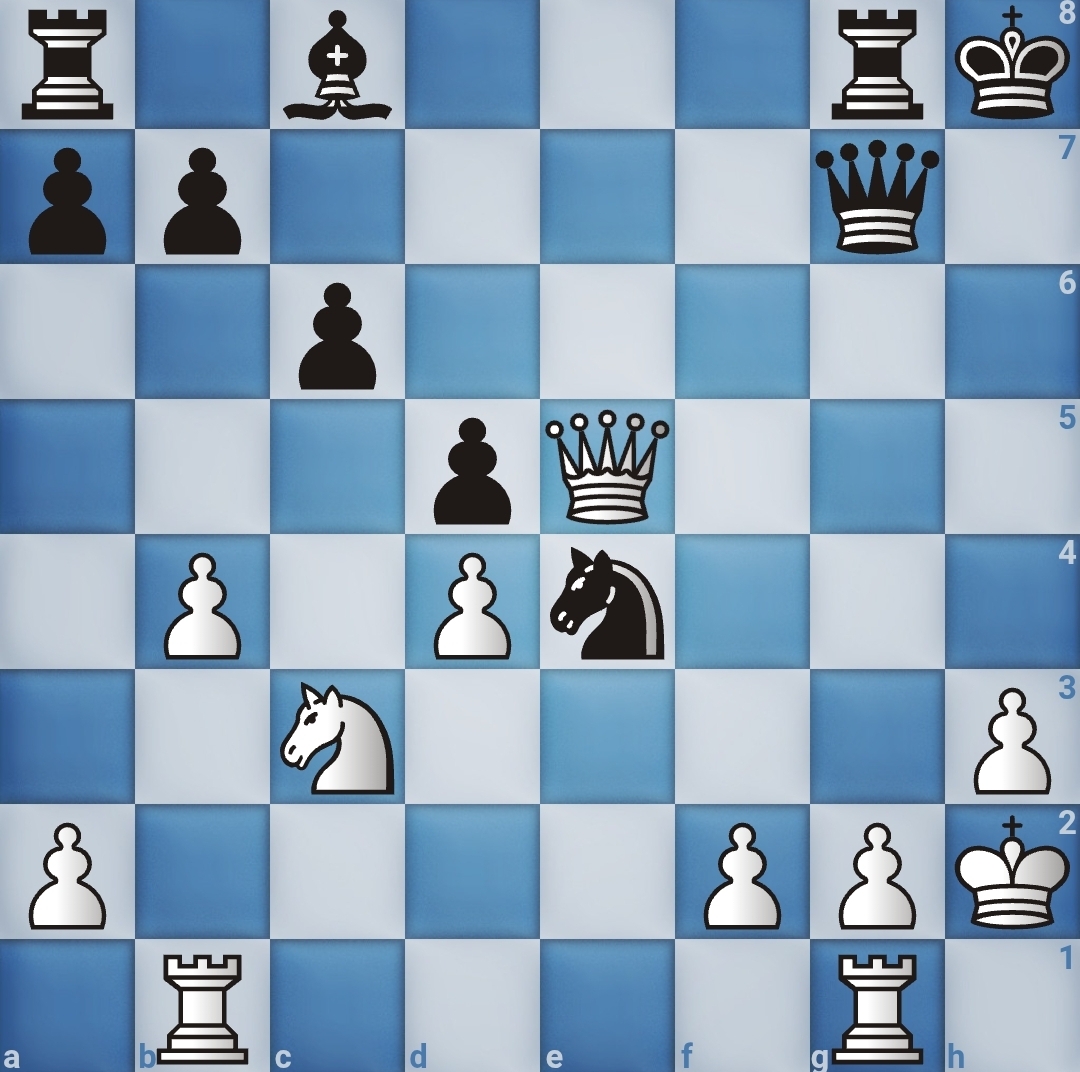
In this example, Black is leading in material with a full bishop. But White has a tactic that saves the game.
The defensive tactic that solves this puzzle is the “perpetual check”.
White just keeps repeating Qh5+ and Qe5+, and if Black blocks the check with Rg7, Qe8+, Qe5+, and Qh5+, continues the perpetual.
This goes on till the game ends or Black makes a mistake that swings the game in White’s favor.
Endgame Puzzles
Here, precision is key. You may need to promote a pawn, force a draw, or use opposition to beat the opponent’s king.
These puzzles teach the importance of tempo and technique.
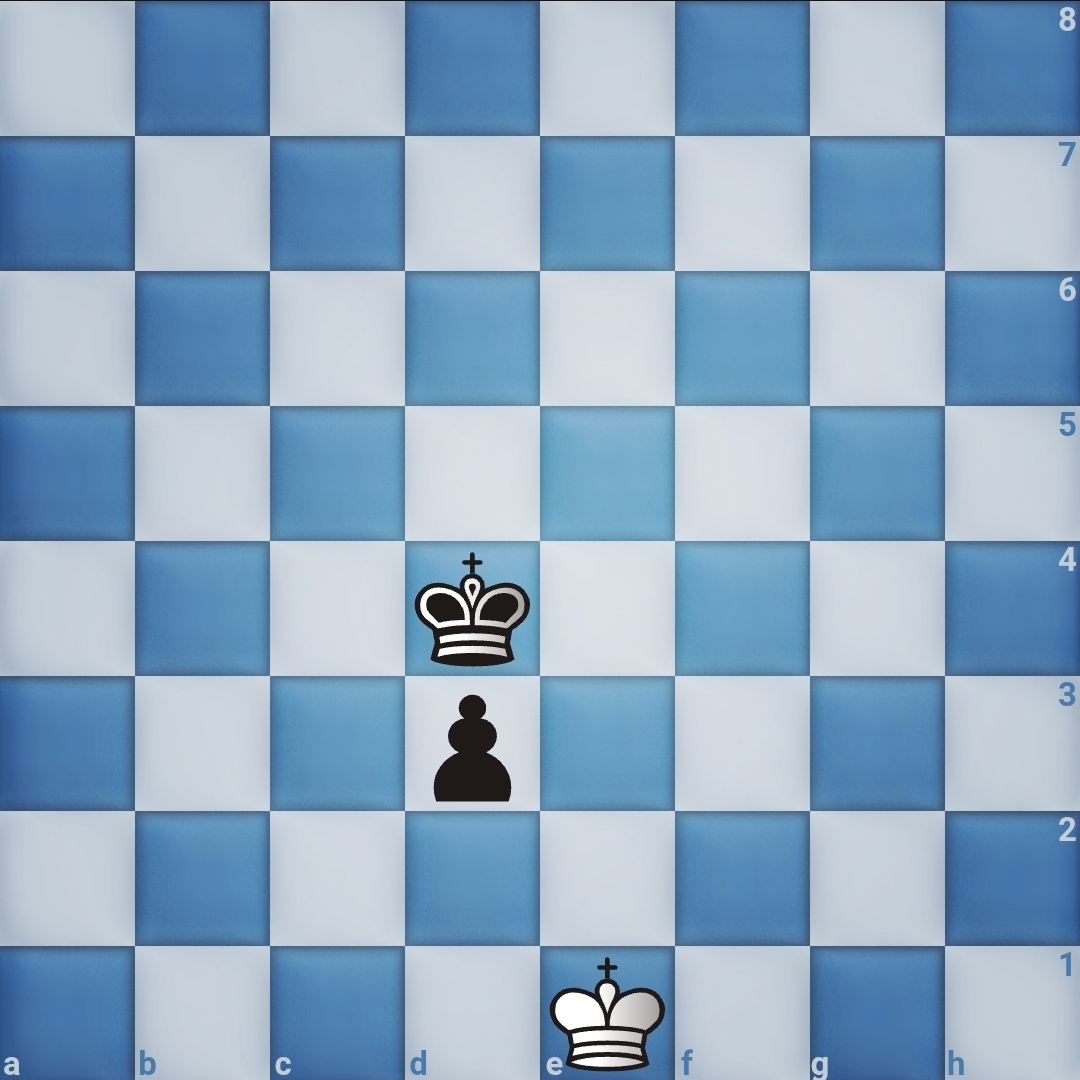
In this example, Black needs to promote their pawns to win. But the white king blocks the d2 square.
To solve this, Black plays …Ke3, putting the White king in opposition while guarding the d2 square.
White now has to guard the promotion square, and they play Kd1.
Black advances their pawn with …d2, and White is now in Zugzwang, where they have to move, but every move they make is bad.
White continues with Kc2, and Black replies with …Ke2, securing the promotion square and winning the game.
Tips to Get the Most Out of Puzzle Training
- Solve without moving the pieces (if possible). This improves visualization and simulates real-game thinking.
- Write down your answer. Then compare it with the solution. Writing forces clarity.
- Review mistakes carefully. Understand why your answer was wrong and what the right answer involved.
- Focus on quality over quantity. Solving 5 puzzles deeply is better than rushing through 50.
- Be consistent. Just 15-20 minutes a day can show big results over time.
- Use puzzles that match your level. If the puzzles are too easy, you won’t improve. If they’re too hard, you’ll get frustrated.
Tools and Resources
There are many great resources for chess puzzles:
- Books: “Winning Chess Tactics” by Seirawan is an excellent example of chess books that help with solving puzzles.
- Websites: Sites like Chess.com and Lichess.org offer hundreds of puzzles tailored to your rating. Chessforsharks also posts daily puzzles on their social media handle.
Whatever platform you choose, make sure to take your time and focus on learning, not just grinding for ratings.
Final Thoughts
Chess puzzles aren’t just about finding the right move; they’re about learning how to think.
They teach you how to observe, calculate, stay calm under pressure, and trust your logic.
These are the same skills you need over the board.
If you make puzzle-solving a habit, you’ll start noticing tactics faster, calculating more accurately, and playing more confidently.
It’s one of the simplest and most effective ways to get better at chess, and it’s fun, too.
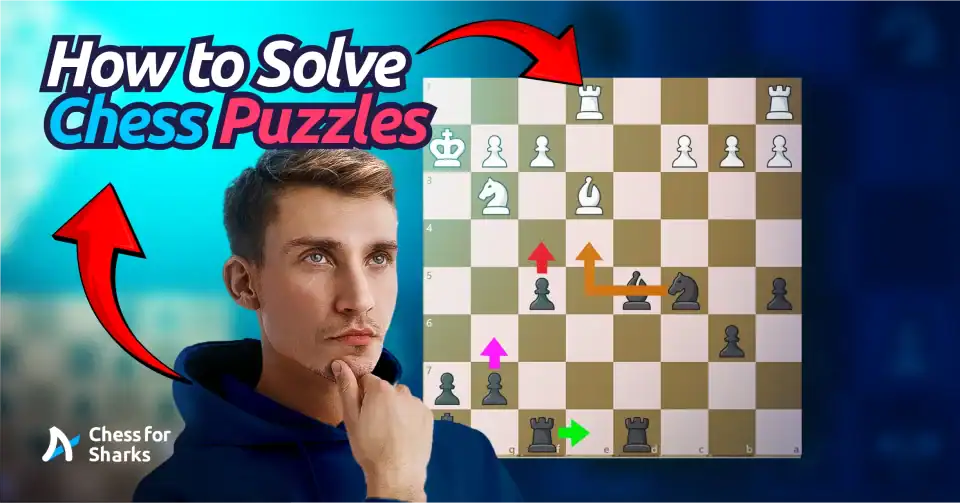


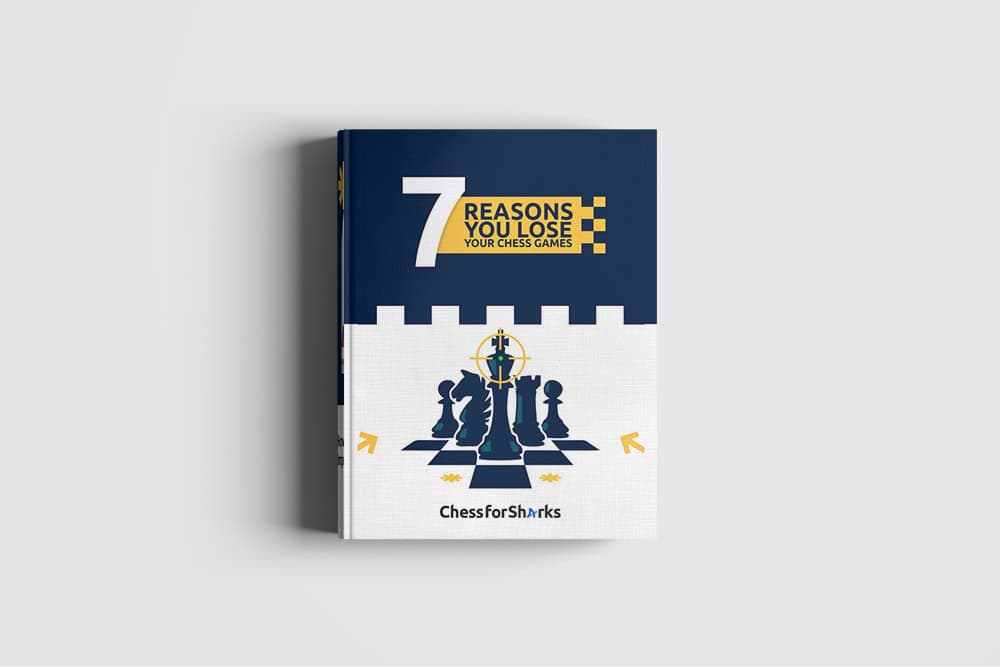
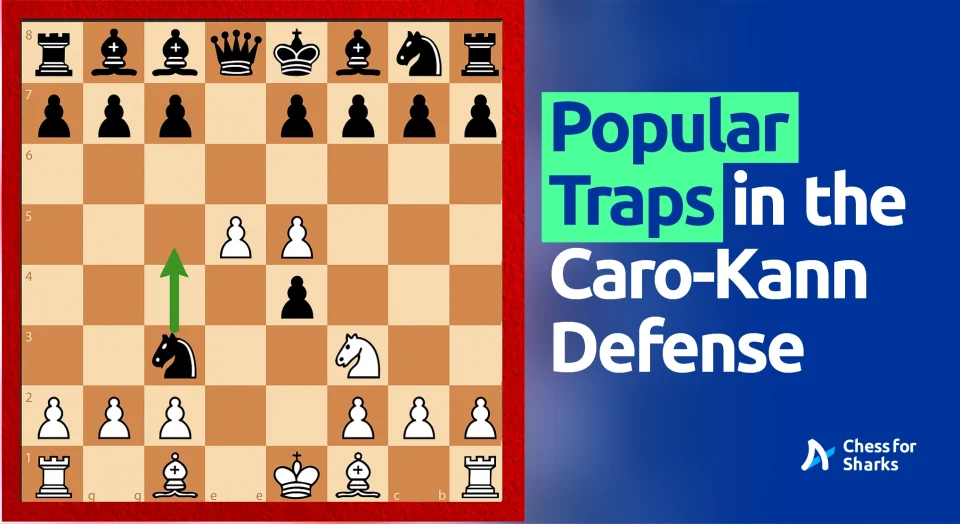
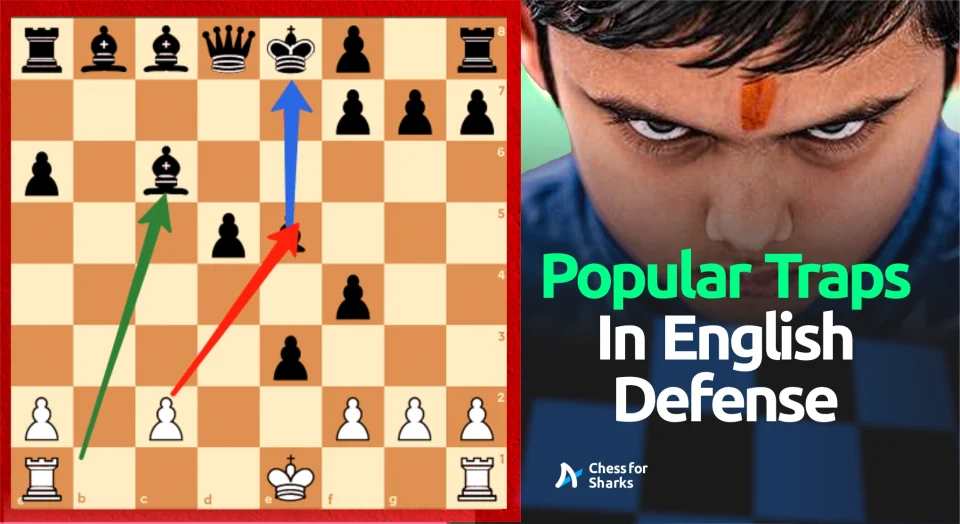
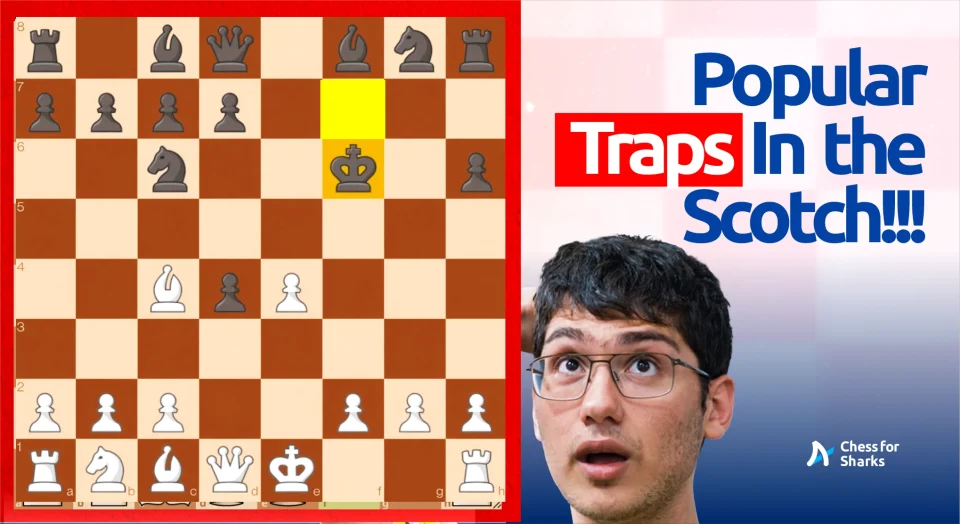
join the conversation